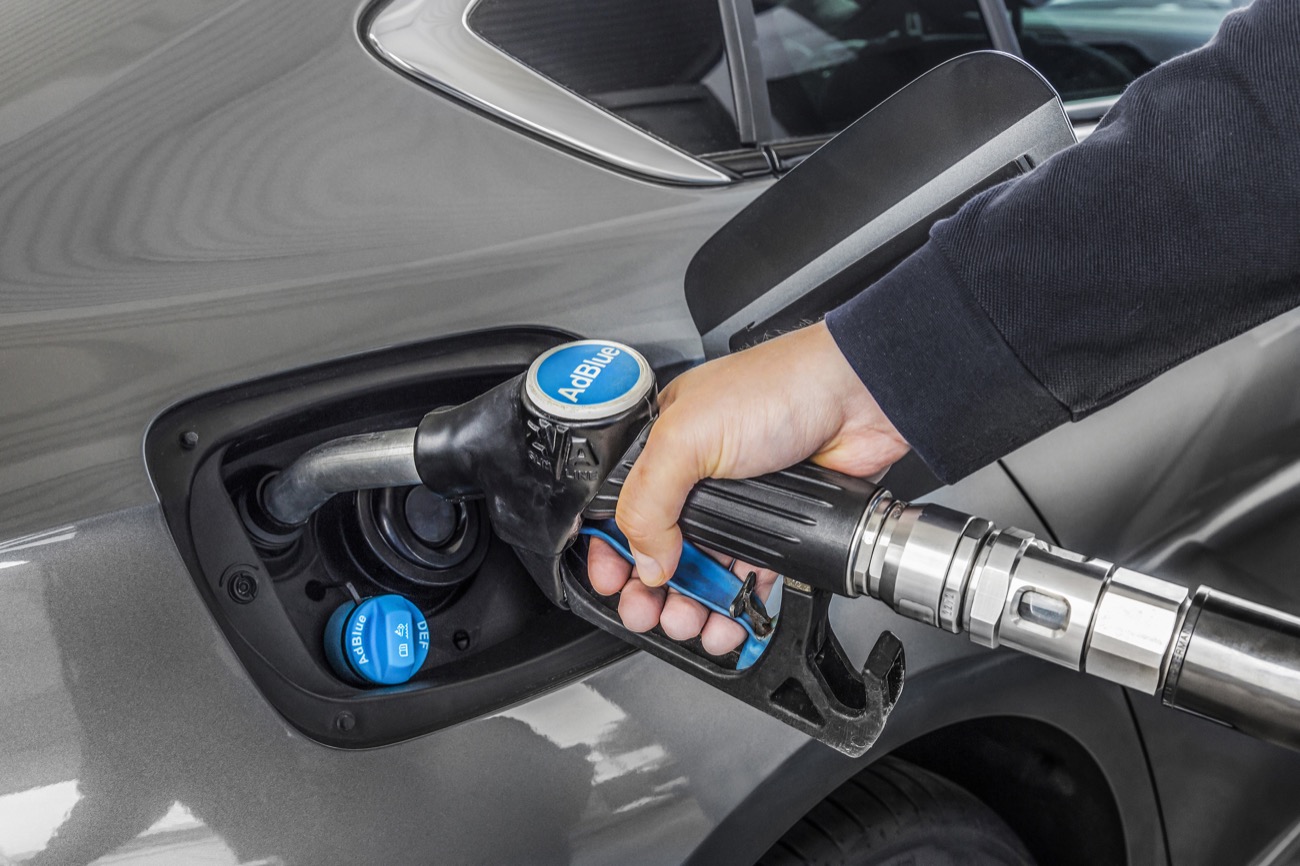AUTONEWS

How to check the aDBlue level? Step by step
Diesel cars are often blamed as a source of particulate matter, but today cars that run on diesel engines are equipped with various systems that reduce these problems. Although we know that these systems are very useful and allow the emission of polluting gases to be dramatically reduced, they can also cause complications if they are not used correctly or the necessary maintenance is not carried out.
In addition to particulate filters and the EGR system, which are elements that can cause many problems if they break down, diesel cars that meet the requirements of the Euro 6 standard also use AdBlue. This additive works by converting NOx particles into nitrogen and water vapour, eliminating part of their toxicity. AdBlue works through the SCR or catalytic converter system and like all the elements of a car, it can break down.
ADBlue is essential in reducing polluting emissions for modern diesel vehicles. Knowing how to know the aDBlue level in your car and that it is adequate is not only important for its efficient operation, but also to comply with environmental regulations. Here we explain how you can check the aDBlue level effectively.
What is aDBlue?...ADBlue is a solution composed of deionized water and urea that, when injected into the hot exhaust gases of the vehicle, breaks down into ammonia and carbon dioxide. This process helps transform nitrogen oxides into nitrogen and water vapor, significantly reducing harmful emissions.
How to check the aDBlue level?...To check the aDBlue level, you must follow these steps:
-Check the indicator on the vehicle's dashboard
Most modern vehicles equipped with aDBlue systems have a specific indicator on the dashboard. This gauge will alert you when the aDBlue level is low and needs to be topped up.
It is the easiest and most straightforward method as it provides an automatic alert without the need for manual inspections.
-Inspect the aDBlue tank manually...Typically, the aDBlue tank is located near the fuel tank or in the trunk of the vehicle.
If your vehicle does not have a gauge on the dashboard or you want to confirm the level manually, you can use a dipstick to check the fluid level in the tank.
-Use an OBD2 scanner...Plug the scanner into the on-board diagnostic (OBD) port, usually located under the dashboard near the steering wheel.
The scanner will allow you to access the engine management system and check the aDBlue level, as well as identify potential problems in the system.
This tool not only checks the level, but can also offer more comprehensive diagnostics on the overall condition of the vehicle.
-Consult a specialist workshop...If you have doubts about how to carry out the check yourself or if the system indicates recurring problems, professionals can carry out a more detailed check, top up the aDBlue if necessary and provide additional maintenance.
Benefits of aDBlue:
-Emission reduction: It significantly helps to reduce nitrogen oxide emissions, a major pollutant in diesel vehicles.
-Performance improvement: Maintaining the correct level of aDBlue ensures that the selective catalytic reduction system works efficiently, which is essential for good engine performance.
-Regulatory compliance: It ensures that your vehicle complies with environmental regulations, avoiding fines and restrictions, especially in urban areas with strict emissions regulations.
Maintaining the correct level of aDBlue is essential for the optimal performance of your vehicle and to minimise its environmental impact. With these steps, you can ensure that your vehicle not only runs efficiently, but also contributes to a cleaner environment. Perform regular checks to ensure that you always have the right amount of aDBlue in your system.
Mundoquatrorodas


Nenhum comentário:
Postar um comentário